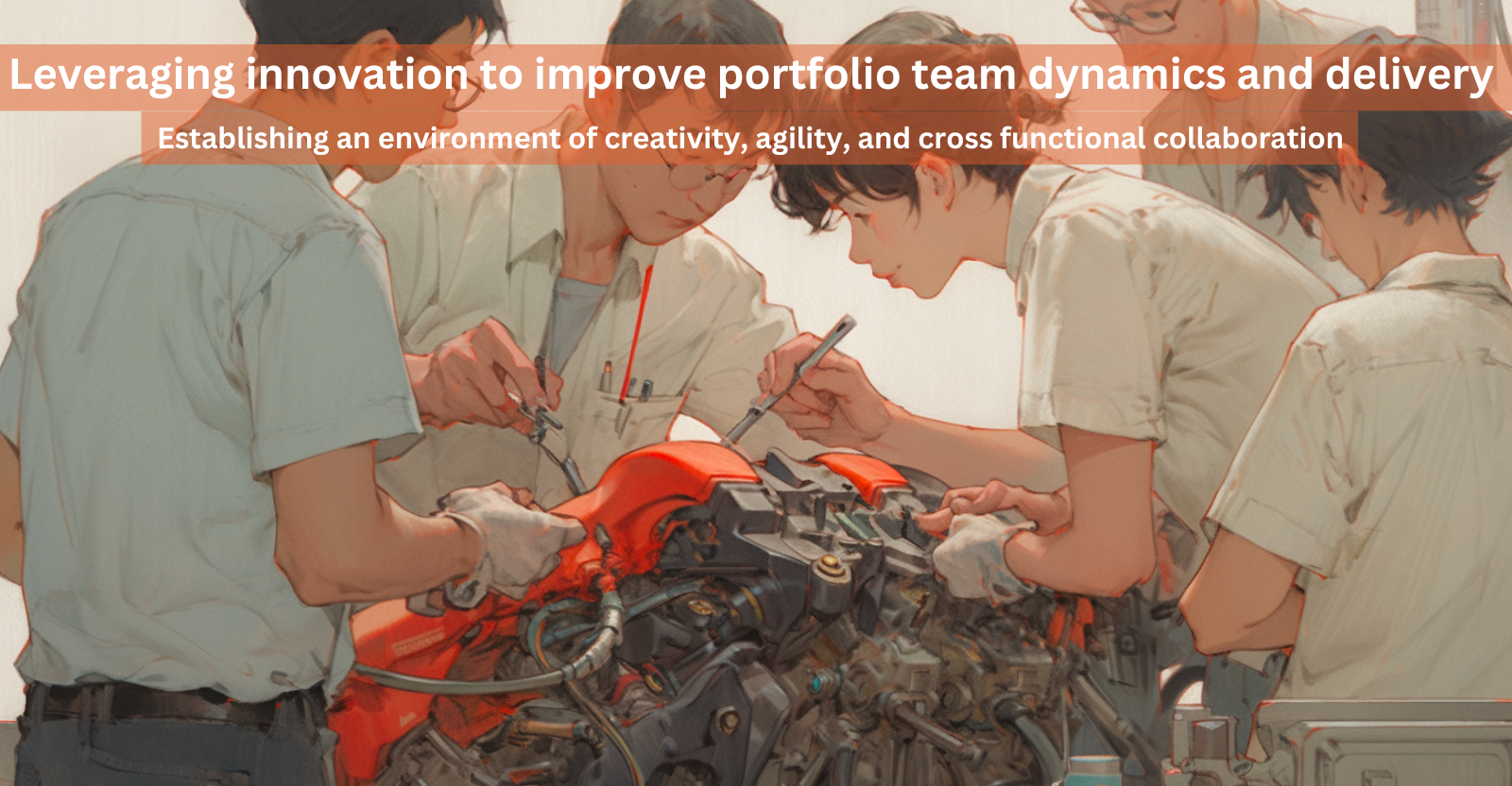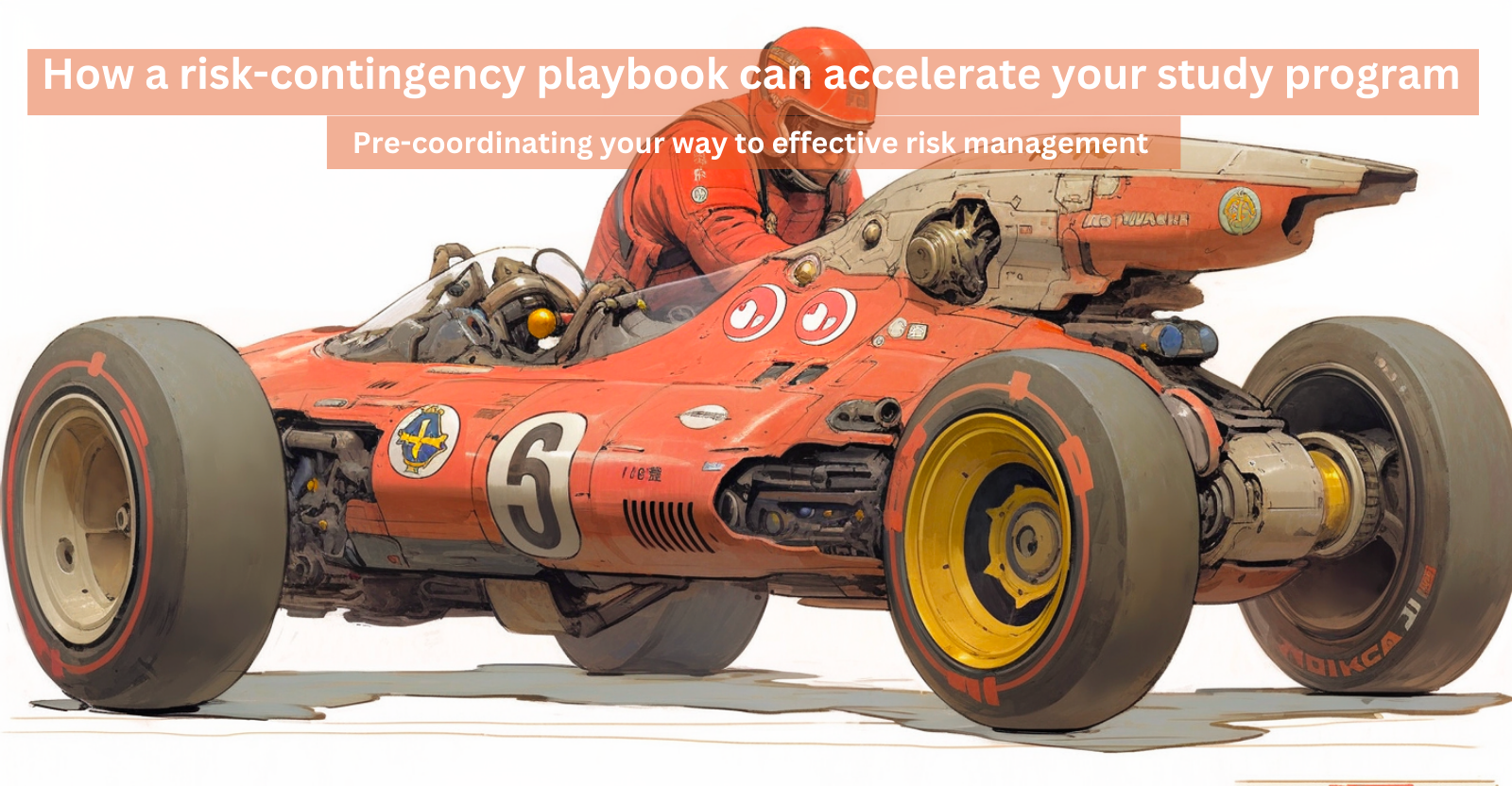Effective collaborative ideation involves using various techniques to guide the idea-generating process. These techniques aim to produce creative and unique ideas that can be filtered and grouped later. Here are some techniques that will improve your ideation sessions and help you get more value from your team’s ideas:
- Airtime: The time each person gets to speak during a session. Managing airtime makes sure everyone gets a chance to talk, and no one takes over the discussion. You can manage airtime by setting time limits for speaking, using a talking stick, or doing a round-robin format where everyone speaks in turn.
- Brainwriting: A method where participants write down their ideas instead of saying them out loud. This way, everyone gets to share their thoughts, and it prevents groupthink. Each person can build on others’ ideas, often leading to more creative and numerous suggestions
- Mind maps: Visual tools to organize and explore ideas around a central theme. You start with a main idea and branch out with related thoughts, which can expand further. This helps you see connections and discover new links between ideas.
- Scenario planning: Scenario planning involves creating detailed stories about possible future situations. Participants consider how different factors might interact and what outcomes might result. This helps anticipate challenges and find strategic opportunities by exploring various “what if” scenarios.
- Introducing constraints: Introducing constraints means setting specific limits or challenges to spark creativity. These constraints can be time limits, resource restrictions, or specific rules. By working within these boundaries, participants are pushed to think creatively and find innovative solutions.
- Time boxing: A technique where you set a fixed amount of time to complete a specific task or activity. This method helps make sure tasks are done within the set time, promoting efficiency and focus. By sticking to strict time limits, people can avoid overthinking, reduce procrastination, and use their time better. Time boxing can be used for different activities, from brainstorming sessions to project work, to keep everything organized and productive.

When everyone contributes their ideas, you get better and more well-rounded solutions that tackle problems from different angles. This leads to more effective and innovative results. So, involve everyone, keep the ideas coming, and watch the magic happen.









